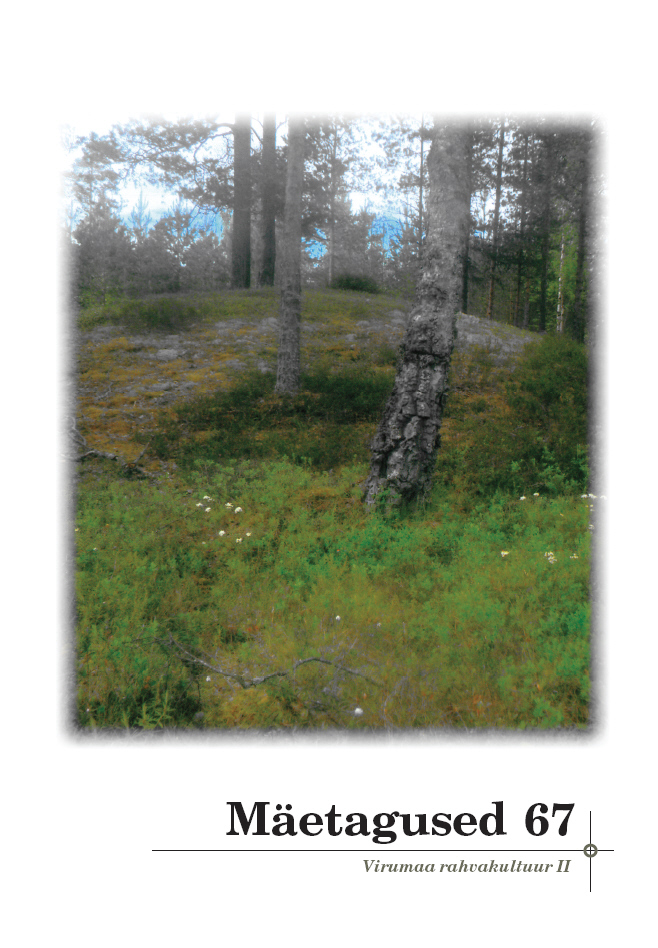Virumaa rahvapillid
Folk instruments in Virumaa
Author(s): Igor TõnuristSubject(s): Customs / Folklore, Music, Cultural Anthropology / Ethnology, Culture and social structure
Published by: Eesti Kirjandusmuuseum
Keywords: aerophones; chordophones; folk instruments; idiophones; Iisaku poluvertsiks; membranophones; Virumaa;
Summary/Abstract: The article gives an overview of the traditional musical instruments and sound making devices of Estonian peasants in historical Virumaa, as well as their usage on the basis of data collected mainly in the 19th–20th centuries. Folk instrument playing culture in Virumaa region is part of the common north-Estonian folk music area, which covers Harju, Järva, and Viru counties. Undoubtedly, the idiosyncrasy of folk music in this area has mainly been shaped by the northern Estonian regilaul (runosong); yet, the relatively similar choice of traditional musical instruments is also characteristic. Local peculiarities of Virumaa stand out only in the case of a few phenomena, such as piibar (a flute-like whistle made of willow bark) and names for the newer type of psaltery (simmel/tsimmel/simbel). In the choice of instruments, their names, and repertoire the so-called Iisaku poluvertsiks’ (Lutheran Russians) local folk instrument playing tradition can be distinguished, which mixes Russian and Estonian phenomena (incl., e.g., names of instruments: psaltery – kusli, jew’s harp – vargan, willow whistle – dutka, drum – puuben). Russian villages on the northern coast of Lake Peipus and along the Narva River had their own explicit ethnic playing tradition. The northern coast of Virumaa had some common features also with Finnish folk instrument and folk dance traditions (influence in the repertoire of dance music, violin-playing, etc.), while at the lower course of the Narva River contacts occurred with local Izhorian herdsmen and their instruments (e.g. large herdsman’s trumpet truba). Folk music instruments in Virumaa can be divided by their sound-making mode into wind instruments (e.g. clarinet-type and trumpet-type aerophones), string instruments (chordophones), idiophones, and membranophones. The article approaches folk instruments in Virumaa on the basis of their main building indicators as well as spheres of usage, and their mentions in oral folklore.
Journal: Mäetagused. Hüperajakiri
- Issue Year: 2017
- Issue No: 67
- Page Range: 75-112
- Page Count: 38
- Language: Estonian

